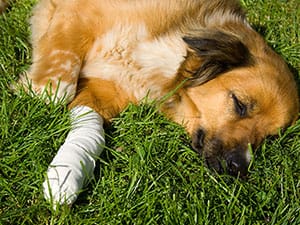I am truly in need of help, please. I have an eight-year-old female Sheltie. She has helped our daughter overcome her phobia of dogs — she is our HERO!
A month ago she developed a granuloma the size of a quarter on her back paw; she has been given an antibiotic injection and was prescribed cream… Everything appeared to be going well, and then a few days ago, it got very inflamed and started to bleed.
She wears her cone when I am at work, but I am not sure how to get this to go away. She is normally groomed on a monthly basis, and she is sliding around the house. Is it OK to have her groomed?
Kim Benton
Quebec, Canada
Dear Kim,
Lick granulomas are areas of thickened scarred skin, usually on an extremity, that have been caused by the dog licking or chewing excessively in one spot. They are often very frustrating, but usually can be controlled (although not always cured). The few cases I have seen that have been cured were discovered and treated aggressively very early, so early detection and treatment is important. Often, if you don’t control the underlying cause, even if you cure one area, the dog will form another one in a completely different spot. We don’t understand everything there is to know about these lesions, but we suspect there are three potential causes for the chewing that causes them. (Some patients have a combination of more than one.) Dogs will chew to that degree because of joint pain, anxiety, or a small wound that never healed properly and became a constant source of itch.
Usually creams and antibiotics alone are not enough to control these lesions. When I first see a patient with a lick granuloma, I usually start on three weeks of antibiotics, a pain medication, and an anti-anxiety medication such as Prozac as well as the e-collar (cone). Some vets will also do skin scrapes or even biopsies at this point, depending on what the lesion looks like. When I recheck the area in three weeks, if the lesion is not gone, that means there are areas of scar tissue that are likely itchy or deeply infected and need to be surgically removed. I always send the removed tissue to a pathologist to be sure that it is not a tumor or a case of occult mange. In some smaller lesions, I have been able to just use a local anesthetic and remove the offending tissue with the surgical laser, but this does not allow me to send the tissue in to be evaluated, so it can be ineffective. If the area is mostly healed on the first round of medications, I will usually continue the Prozac and pain meds, removing the e-collar to see if the lesions will stay gone when the dog is allowed access to the area to chew. The antibiotics should be given two weeks past the point where the lesion is mostly gone, so you may need to refill antibiotics at this point also.
If the dog does well for two to three weeks without the collar, I usually eliminate the pain medication next. If the lesions start to come back, I put the collar back on and re-introduce the pain medicine. If the lesions stay away, I will continue the Prozac for several months and then wean it down slowly, watching carefully for any signs of recurrence. Most of my patients have had to stay on one or more of the medications either continuously or intermittently for life, but they do well with therapy.
-Dr. Weaver











